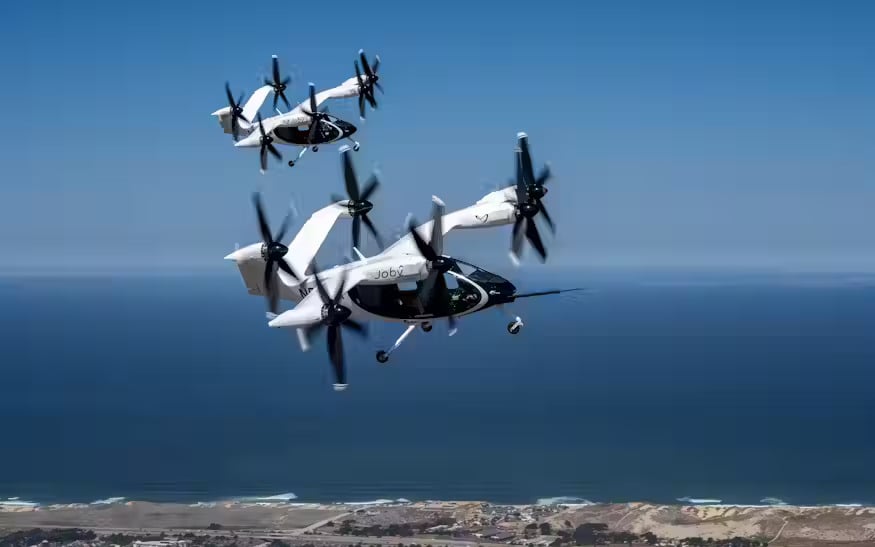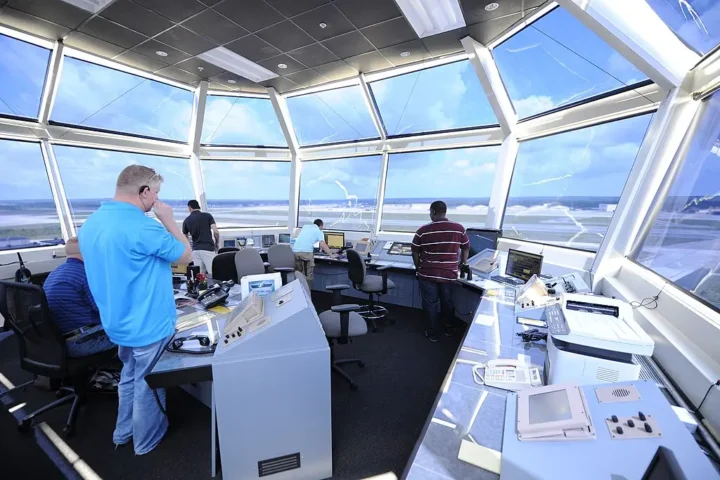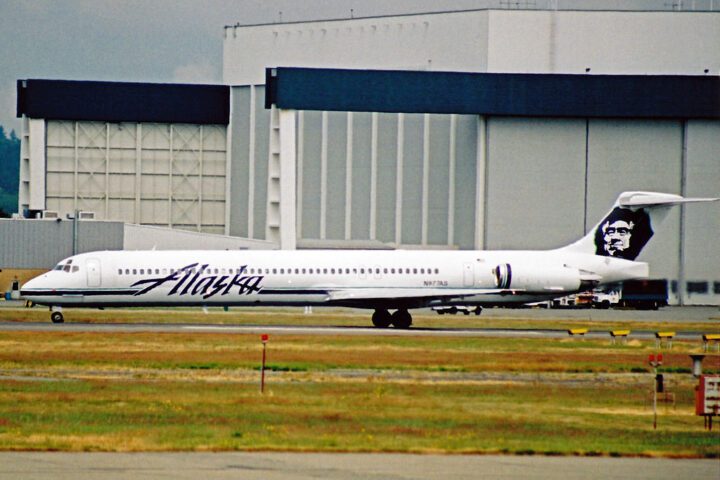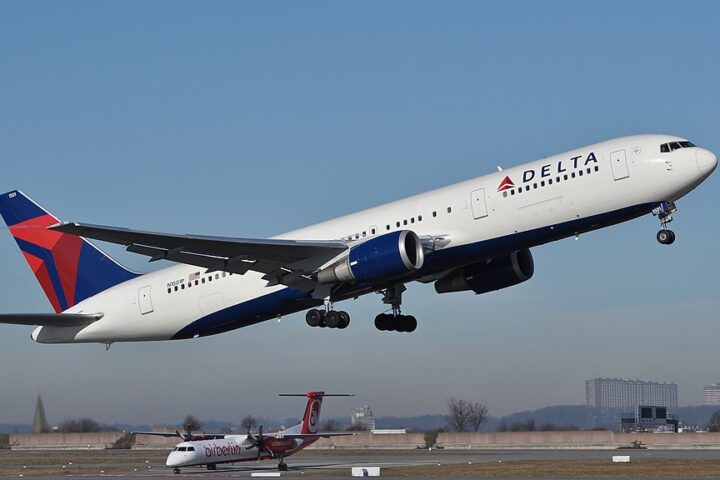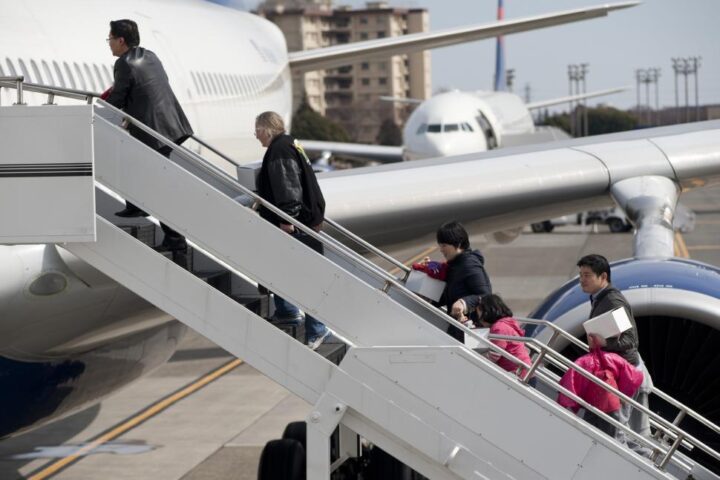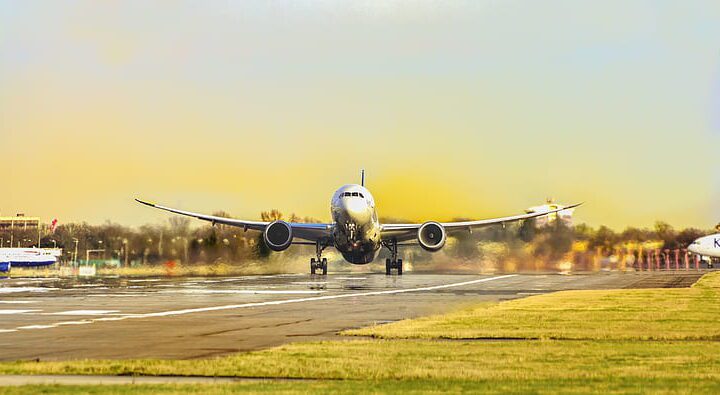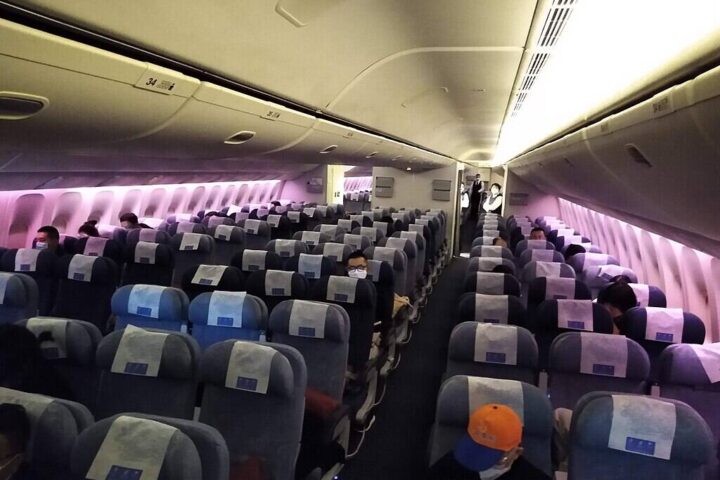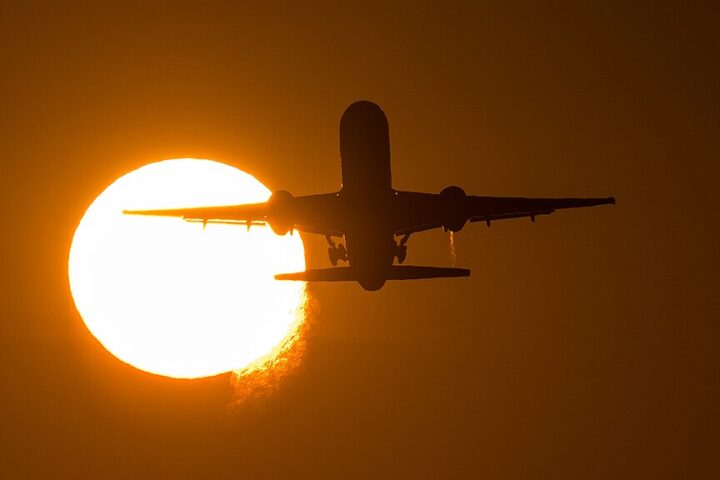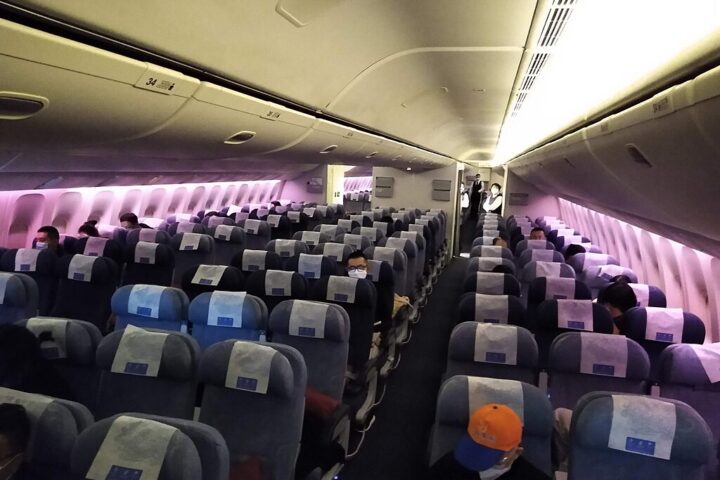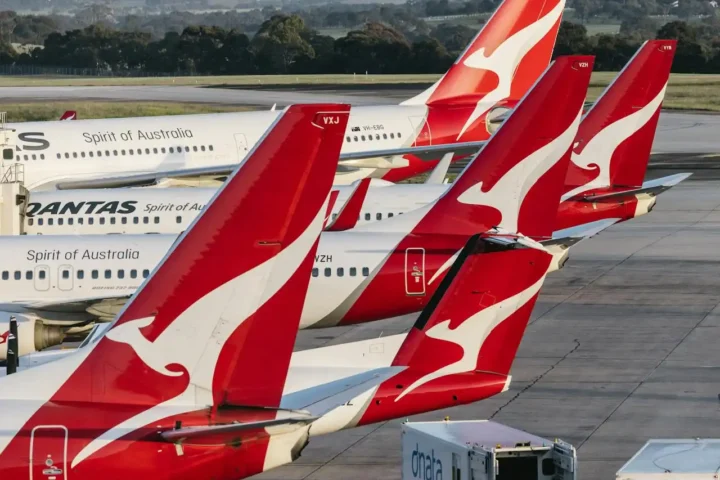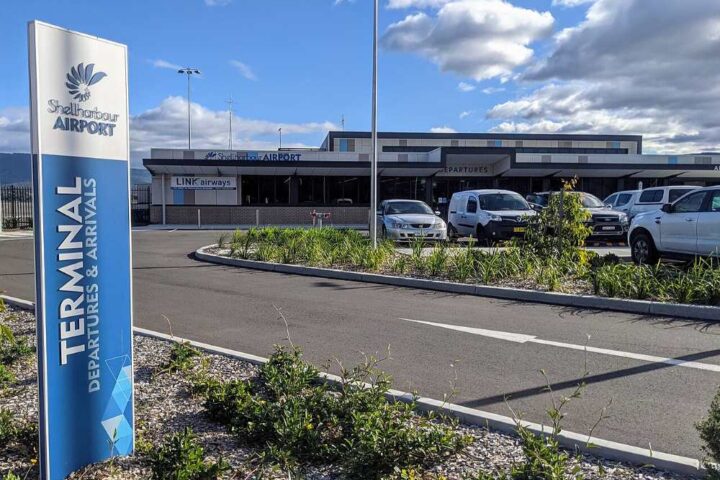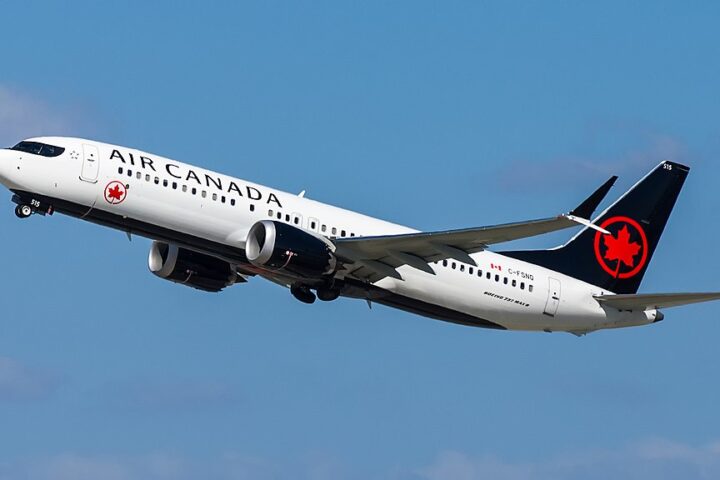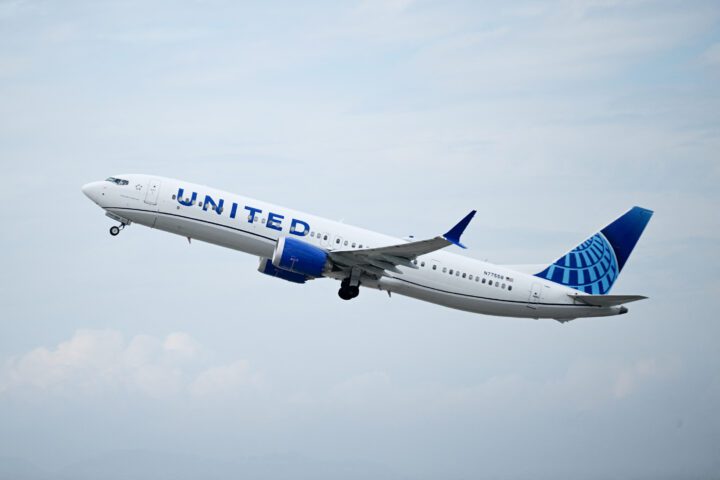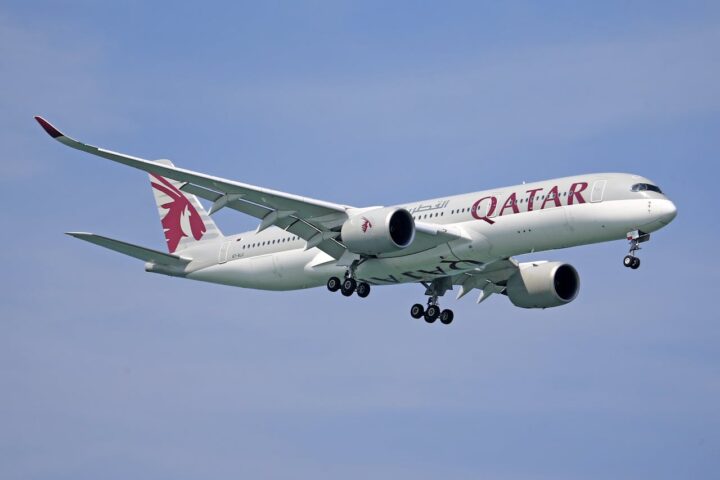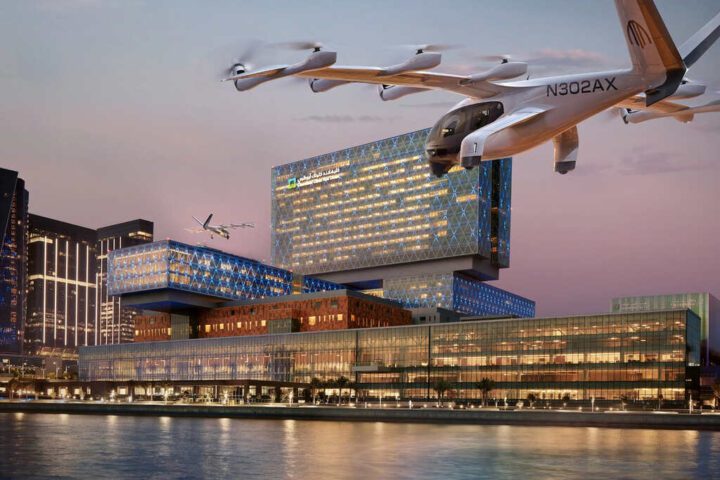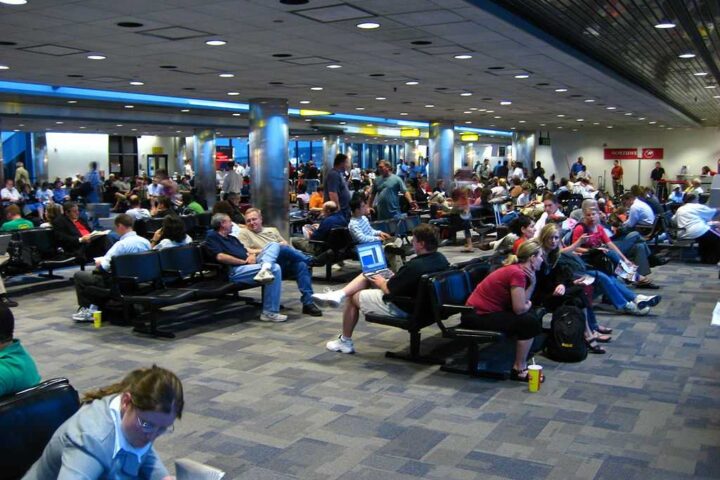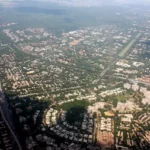Joby Aviation flew two electric air taxis at the same time on May 9, 2025, in Marina, California. This test brings flying taxis closer to reality for everyday travel.
Just two weeks earlier, Joby had reached another milestone. They completed flights with a pilot on board that took off vertically, flew forward like a plane, and then landed vertically again. These tests show their air taxis are working as designed.
JoeBen Bevirt, who founded Joby, explained why flying two aircraft matters: “With six aircraft in our test fleet, flying multiple aircraft at a time will play an important role in accelerating our certification testing and supporting our plans to carry our first passengers next year.”
The ability to test two air taxis at once helps Joby in practical ways. It cuts testing time nearly in half for some tests. This matters because Joby needs approval from the Federal Aviation Administration (FAA) before carrying passengers. As of May 7, they’ve completed 43% of FAA requirements and 62% of their internal requirements for Stage 4 of the certification process.
Flying two air taxis also helps prove they can manage multiple aircraft safely in the same airspace. Think about how busy the skies would be if dozens of air taxis were flying above a city like New York or Los Angeles.
Joby has already lined up business partners for their future service. They’re working with Delta Air Lines and Uber in the U.S., focusing first on Los Angeles and New York City. Outside America, they’ve partnered with Virgin Atlantic for UK service and with ANA Holdings for flights in Japan. They plan to start their first passenger service in Dubai in early 2026.
Similar Posts
The company has enough money to keep developing its air taxis. They reported $812.5 million in cash and investments at the end of March 2025. Toyota believes in their technology and recently committed another $500 million investment, bringing their total investment in Joby to $894 million.
Joby’s test fleet now includes six aircraft. Two are at Edwards Air Force Base for military-related testing. Their newest aircraft just powered on for the first time and is going through final checks. So far, Joby has flown their aircraft more than 40,000 miles in tests, including flights in New York City, Japan, and Korea.
Before air taxis become common, there are still big challenges to solve. Today’s air traffic control systems weren’t built for lots of small aircraft flying at lower altitudes in cities. New systems will be needed to keep everything safe and organized.
There’s also the question of where these air taxis will take off and land. Special “vertiports” need to be built with multiple landing pads and fast charging stations. Joby has developed a charging system that can quickly recharge multiple aircraft, and it’s already being tested at their facilities.
The industry will also need pilots trained specifically for these new aircraft and mechanics who know how to maintain electric flying vehicles.
Noise is another concern for city residents. While these electric air taxis are quieter than helicopters, the sound of several flying overhead could still bother people.
The FAA is creating new rules for these aircraft. In October 2024, they issued their first new aircraft category rules in almost 80 years, covering training for pilots of these “powered-lift” aircraft.
If everything stays on track, Americans might see the first air taxi services start within the next few years, potentially changing how we travel across congested cities.
